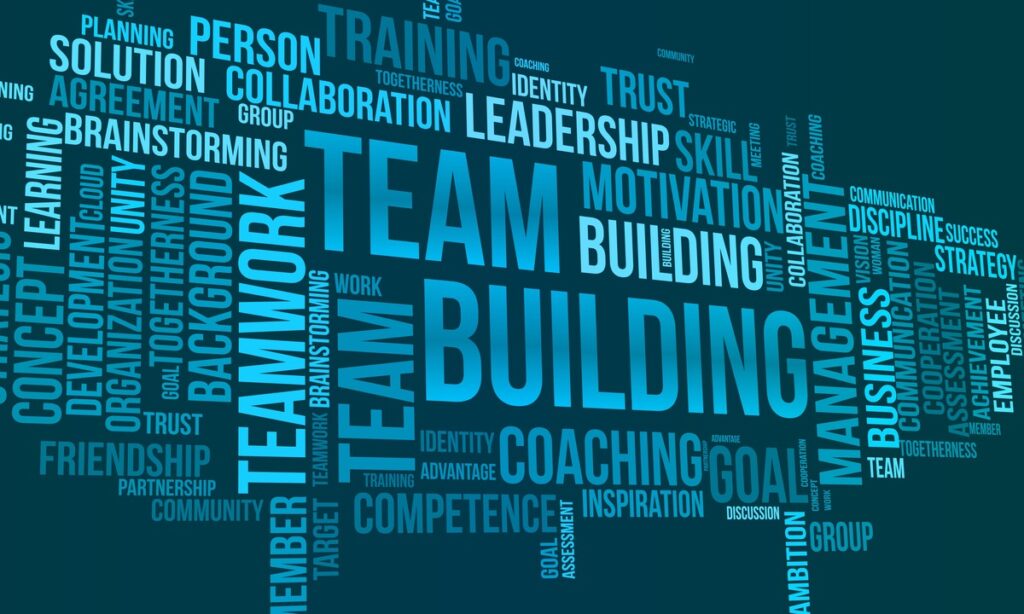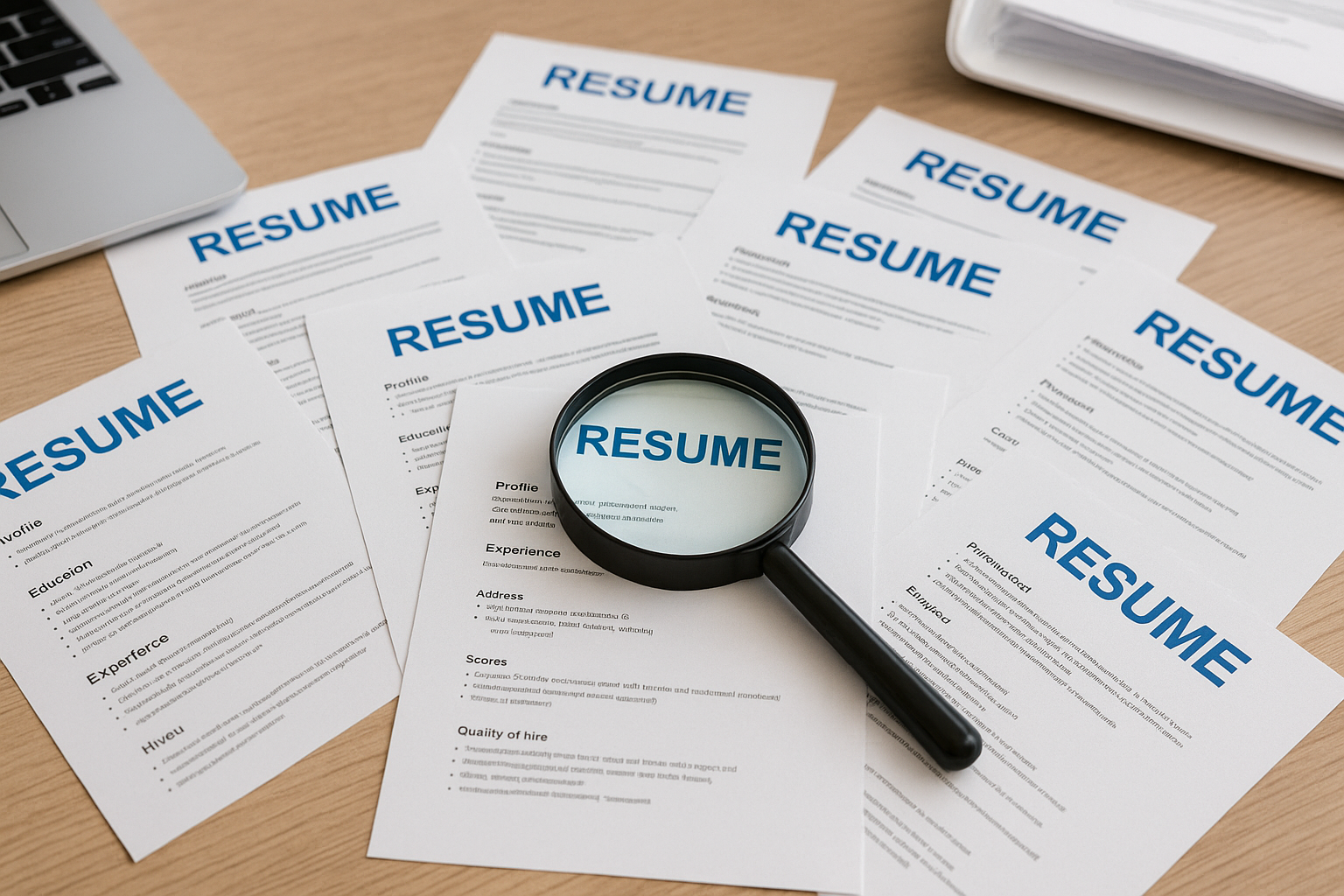In today’s dynamic business landscape, organizations face a formidable challenge—the ever-widening skills gap, which limits growth and efficiency. HR staffing agencies such as HR Personnel Services, are crucial in analyzing skills gaps within organizations and devising innovative training programs to effectively bridge this divide. This article delves into the phenomenon of the skills gap, its causes, its impact, and strategies to address it head-on.
Understanding the Skills Gap: Bridging the Talent Divide
The skills gap refers to the discrepancy between the skills required for a particular job and the skills possessed by the available workforce. Technological advancements and evolving job requirements often outpace individuals’ ability to acquire the necessary skills. Addressing this skills gap is critical for organizations to maintain their competitive edge.
Identifying the Causes of the Skills Gap
Multiple factors contribute to the skills gap. Technological advancements, such as automation and artificial intelligence (AI), disrupt traditional job roles and create a demand for new skills. The retirement of the baby boomer generation also leaves significant gaps in expertise. Moreover, insufficient investment in education and training exacerbates the problem, making it imperative to seek effective solutions.
Analyzing Skills Gaps: The Path to Bridging
To address skills gaps effectively, HR staffing agencies and HR personnel services must first identify specific skill deficiencies within their own organizations. A comprehensive skills assessment across various job roles, focusing on both technical and soft skills, is essential. By identifying areas of weakness, HR staffing agencies and HR personnel services can prioritize training initiatives and align them with organizational goals.
Understanding the existing skill sets of the workforce is crucial for designing effective training programs. HR staffing agencies and HR personnel services should evaluate current skill levels through performance evaluations and gather feedback from managers. This approach helps identify individual development needs, enabling tailored training programs to be developed.
Anticipating future skills requirements is also crucial for proactively bridging the skills gap. HR staffing agencies and HR personnel services should collaborate with business leaders to identify emerging trends and predict future skill needs. By doing so, they can develop training programs that align with strategic objectives and ensure the organization remains agile.
Implementing Tailored Training Programs
Once the skills gaps are identified, organizations can implement customized training programs to address specific deficiencies. These programs should utilize a blend of classroom training, e-learning modules, and workshops. Offering opportunities for skill enhancement empowers employees to contribute more effectively and enables the organization to adapt to evolving demands.
Partnering with learning institutions can be mutually beneficial for organizations and the education sector. HR staffing agencies and HR personnel services can collaborate to enhance curricula, establish internships, and create apprenticeship programs. This partnership helps create a talent pipeline, ensuring that graduates possess the sought-after skills required in the industry.
Leveraging technology plays a pivotal role in addressing the skills gap. Organizations can harness e-learning platforms, virtual reality simulations, and mobile apps to provide flexible and engaging learning experiences. Furthermore, artificial intelligence and data analytics can personalize learning paths and enhance the effectiveness of training programs.
Building Internal Talent: Nurturing the Seeds of Success
Building internal talent is crucial for long-term success. Identifying high-potential employees and providing them with targeted development opportunities creates a pool of skilled individuals within the organization. Development plans, regular check-ins, and feedback sessions ensure continuous progress and support.
To bridge the skills gap sustainably, organizations must foster a culture of continuous learning. Encouraging access to learning resources, organizing knowledge-sharing sessions, and recognizing learning achievements all contribute to an environment that embraces growth and professional development.
Attracting External Talent: The Path to Enrichment
Attracting external talent requires organizations to review and redesign job descriptions to accurately reflect the evolving skills landscape. Clear and concise descriptions are crucial in attracting individuals with the right skill sets, ensuring a strong talent pool to choose from.
Competitive compensation and benefits packages are essential for attracting top talent. Salaries should be benchmarked against industry standards, and appealing benefits such as comprehensive healthcare coverage and work-life balance initiatives should be offered.
Employer branding plays a pivotal role in attracting external talent. Organizations should develop a strong employer brand that highlights their values, mission, and growth opportunities. Leveraging social media, showcasing employee success stories, and actively participating in industry events all contribute to enhancing visibility and reputation.
Paving the Way to Success
Addressing the skills gap requires a multifaceted approach. HR staffing agencies, HR personnel services, and HR staffing solutions, along with HR leaders and HR agencies, play a vital role in identifying skill deficiencies, implementing effective training programs, nurturing internal talent, and attracting external talent. By bridging the divide between talent and requirements, organizations can thrive and position themselves for future success. Embracing a culture of continuous learning and adapting to the evolving demands of the business landscape are paramount in unlocking the potential for growth and innovation.



